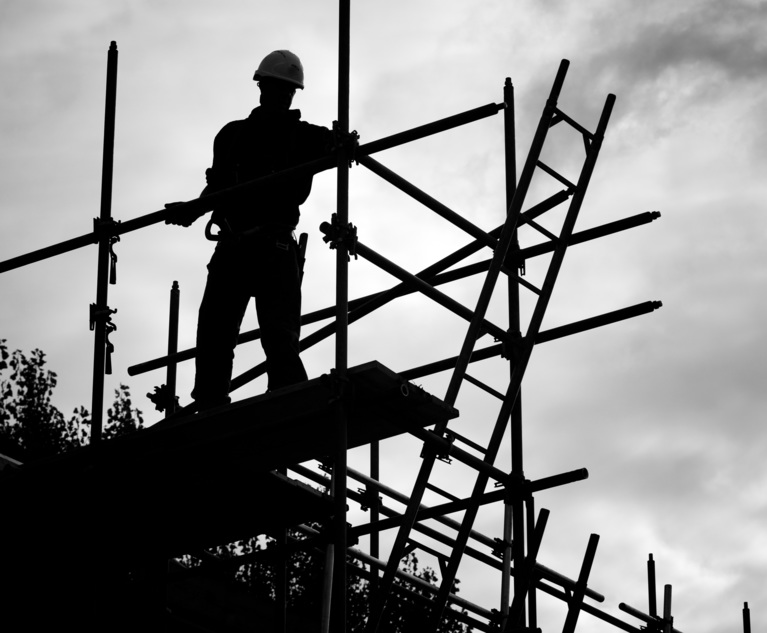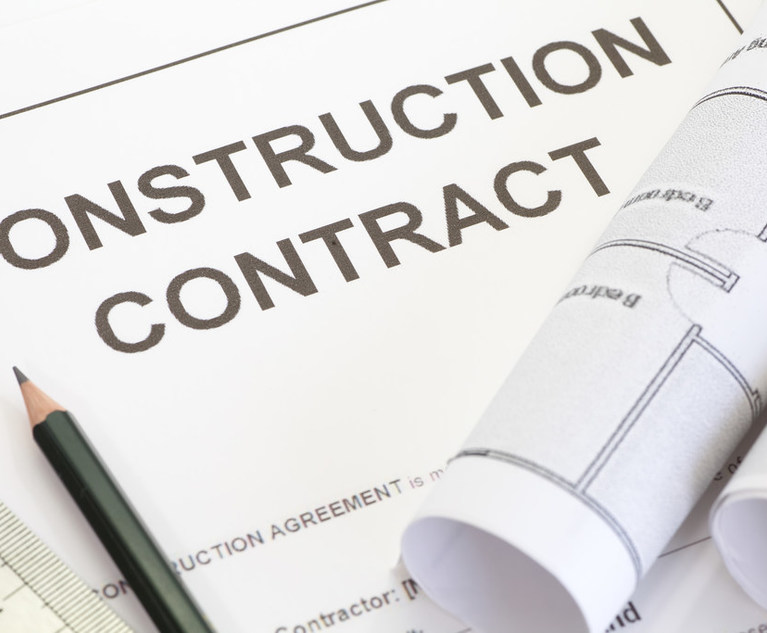Labor Law §240(1), commonly referred to as the “Scaffold Law,” reads in relevant part:
All contractors and owners and their agents … [1] in the erection, demolition, repairing, altering, painting, cleaning or pointing of a building or structure [2] shall furnish or erect, or cause to be furnished or erected for the purpose of such labor, scaffolding, hoists, stays, ladders, slings, hangers, blocks, pulleys, braces, irons, ropes, and other devices which shall be so constructed, placed and operated as to give proper protection to a person so employed. (Emphasis added. The numbers in brackets [ ] were added by the author.)
Application of the Statute
Established to protect workers in the performance of elevation related jobs, the above strict liability statute contains two separate criteria—the first delineates the specific nature of the work to be performed and the second the type of protection required by the contractor, and his or her agents, to the worker(s) when the work is, in fact, being performed. This is a non-delegable duty by the contractor and blame cannot be shifted to the injured plaintiff, as there is no comparative negligence. The only defense is to prove that the plaintiff was recalcitrant in the performance of his or her job [the sole proximate cause of the injuries].







